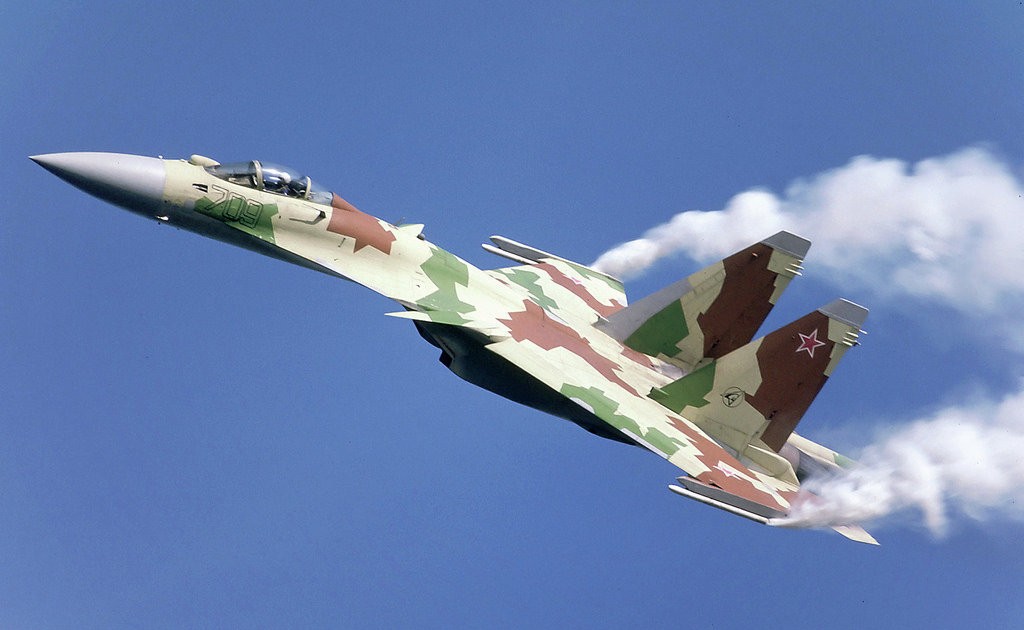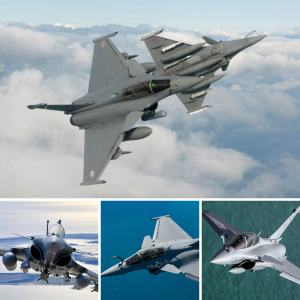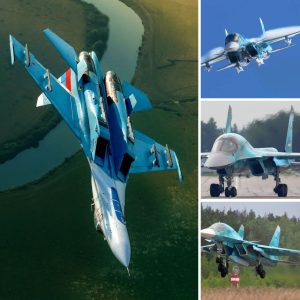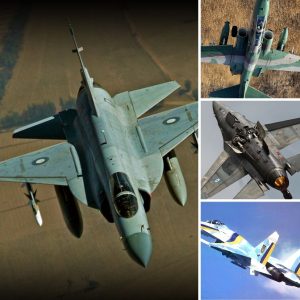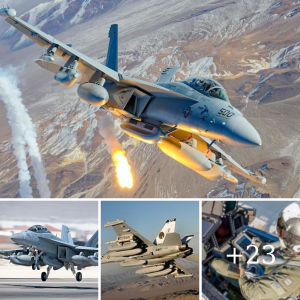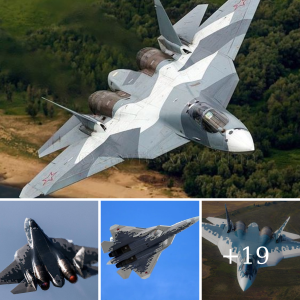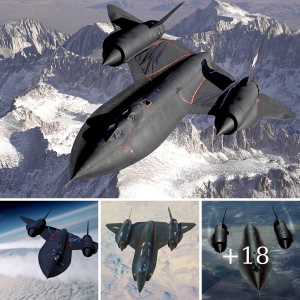In the vast, competitive realm of modern aerial warfare, one aircraft stands out as a symbol of cutting-edge technology and unmatched aerial prowess—the Sukhoi Su-35. This Russian fighter jet, with its aggressive design and formidable capabilities, has become a subject of both admiration and concern in military circles worldwide. But what makes the Su-35 so special, and why is it often referred to as a “beast of the skies”?
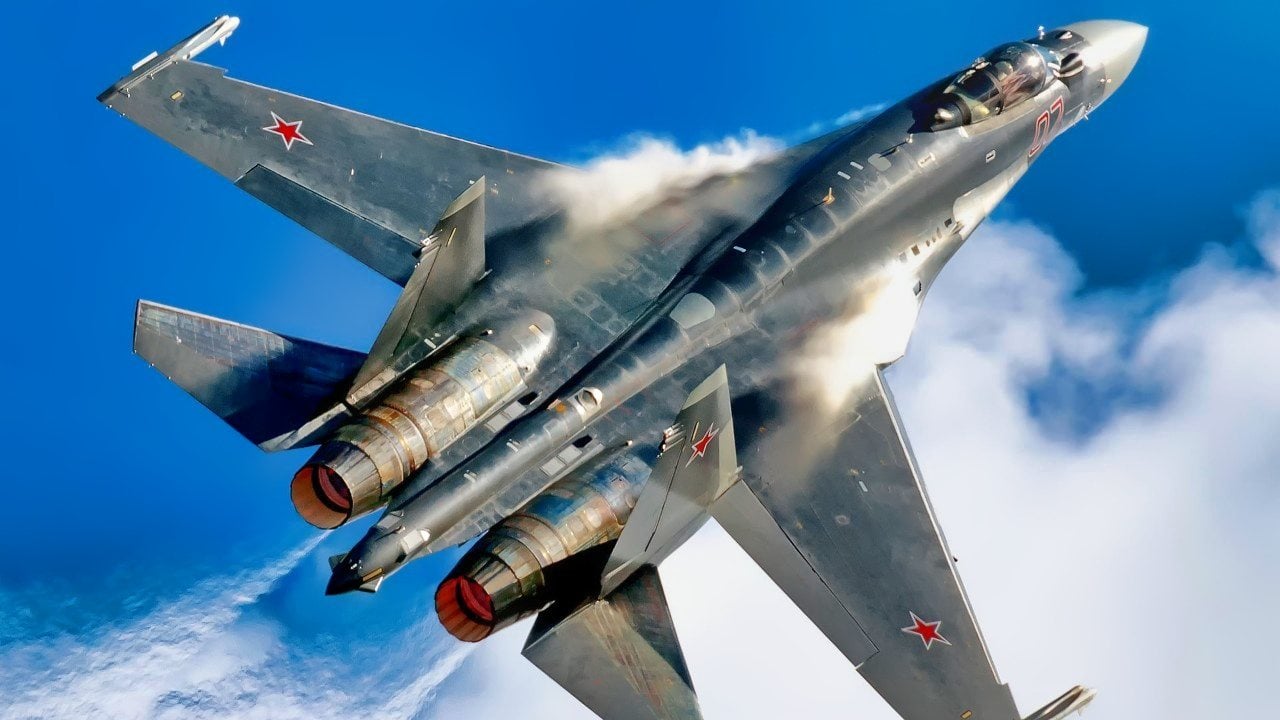
The Evolution of Power
The Su-35 is not just an ordinary fighter jet; it is the product of years of refinement and innovation. Developed as a derivative of the Su-27, the Su-35 was designed to dominate the skies with advanced avionics, superior agility, and a devastating arsenal of weaponry. This aircraft is the epitome of Russia’s technological advancements, showcasing what happens when decades of aeronautical experience are channeled into a single platform.
A Master of Agility
One of the most striking features of the Su-35 is its extraordinary maneuverability. Equipped with thrust-vectoring engines, the Su-35 can perform aerobatic maneuvers that most other fighter jets can only dream of. This agility allows it to outmaneuver opponents in dogfights, giving pilots the upper hand in close-quarters combat. The aircraft’s ability to execute Pugachev’s Cobra, a maneuver where the jet momentarily pitches up to 120 degrees, showcases its impressive aerodynamic control.

The Fear Factor
The Su-35 is more than just a nimble acrobat; it is a formidable weapon of war. Armed with a vast array of air-to-air and air-to-ground missiles, including the R-77 and Kh-31, the Su-35 can engage multiple targets simultaneously. Its long-range detection capabilities, thanks to the powerful Irbis-E radar, allow it to track up to 30 airborne targets and engage up to 8 of them at the same time. This combination of firepower and situational awareness makes the Su-35 a formidable adversary in any combat scenario.
A Global Influence
While the Su-35 primarily serves the Russian Air Force, its influence extends far beyond Russia’s borders. Countries like China and Egypt have also acquired this advanced fighter jet, further cementing its reputation as a global player in modern aerial warfare. The export of the Su-35 has sparked debates and concerns in the international community, particularly among NATO nations, who see it as a significant challenge to their air superiority.
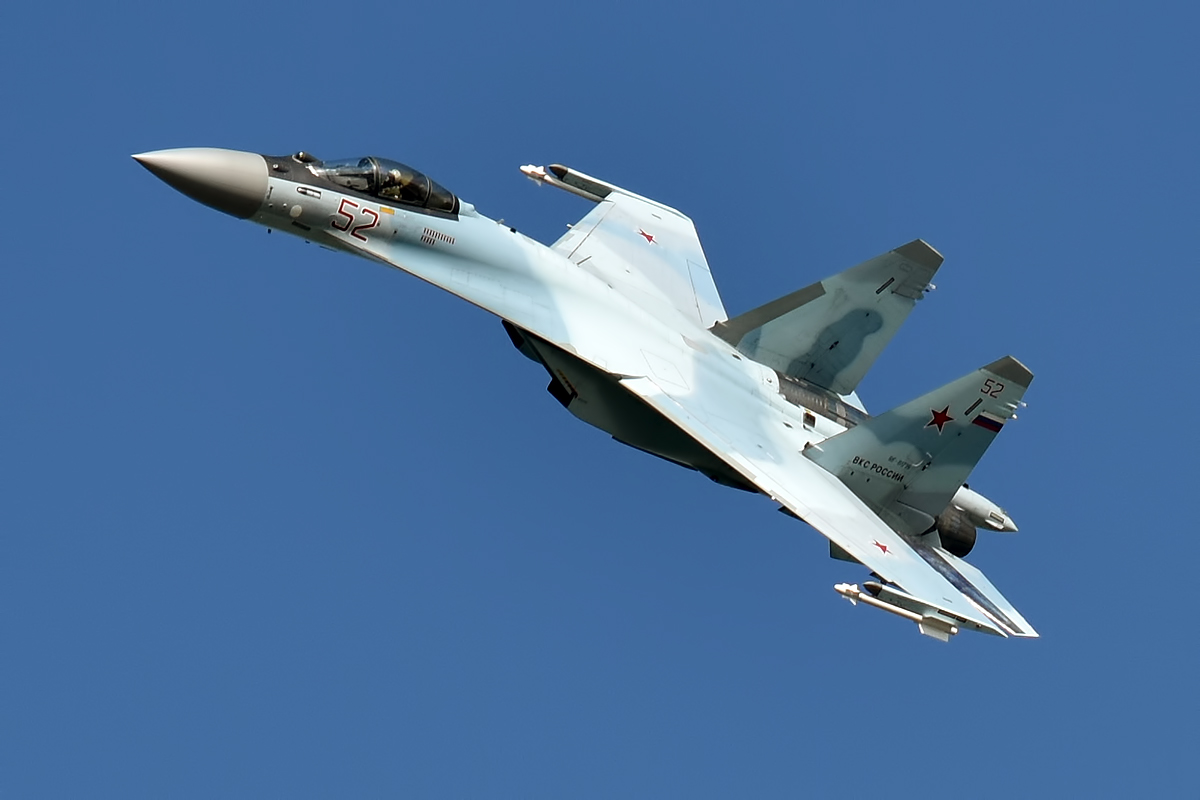
The Future of the Su-35
As military technology continues to evolve, the Su-35 is likely to undergo further enhancements, ensuring that it remains a key player in global air power. Its impressive combination of speed, agility, and firepower has already set a high standard for future fighter jets. Whether in the hands of Russian pilots or those of other nations, the Su-35 is poised to remain a fearsome presence in the skies for years to come.
In conclusion, the Su-35 is more than just a fighter jet; it is a symbol of Russian ingenuity and a testament to the relentless pursuit of aerial dominance. As this beast continues to prowl the skies, it serves as a reminder that the race for air superiority is far from over.
